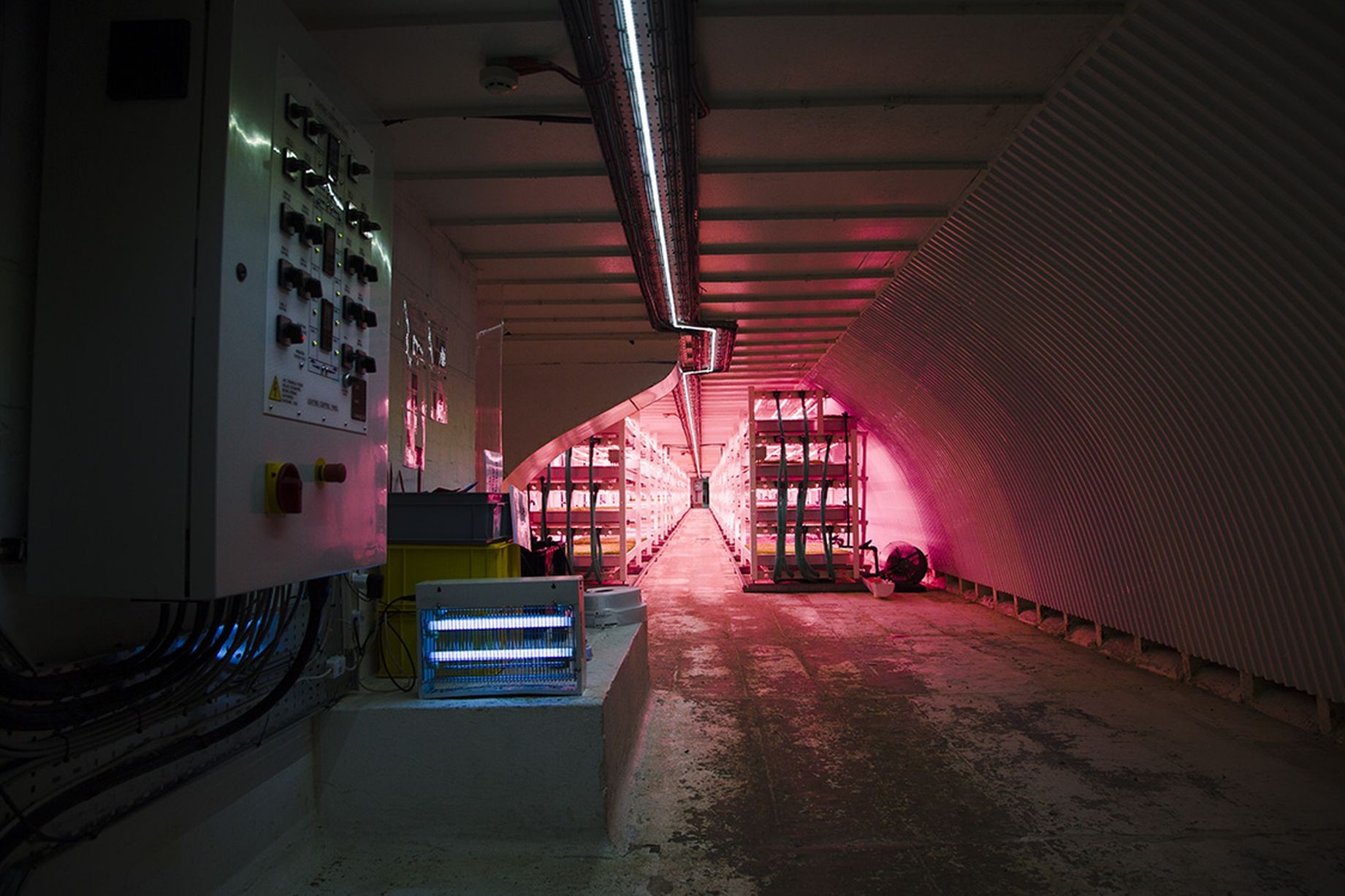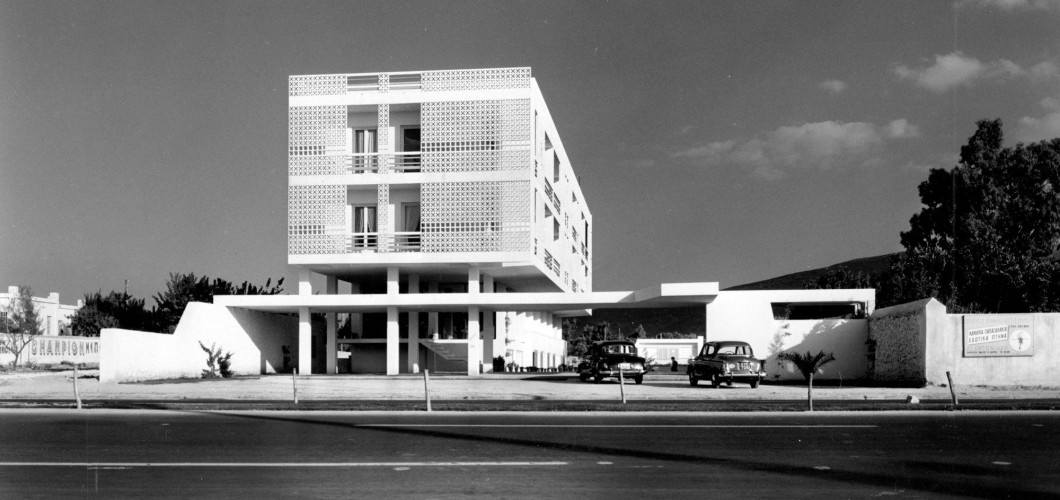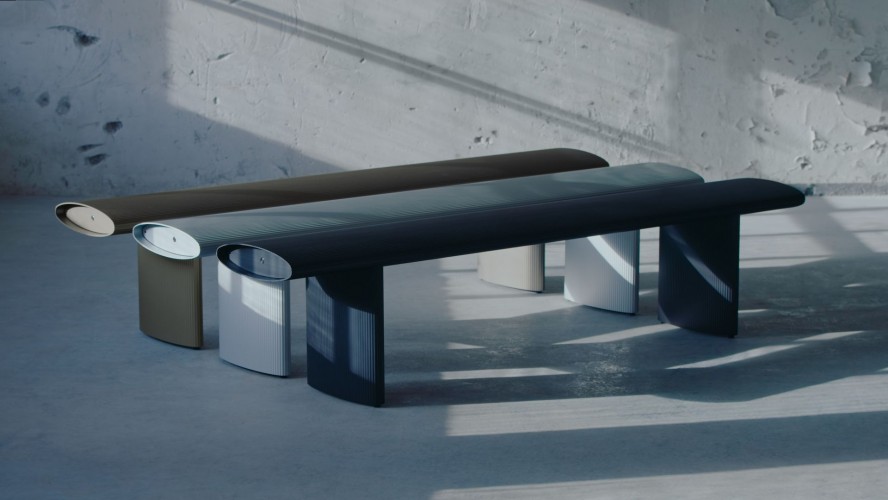Τρίτη Φύση
DS.WRITER:
Τάσος Γιαννακόπουλος
Η πόλη και η Magna Mater Φύση είναι ένα ζευγάρι με ιδιαίτερο δυναμισμό. Η ισορροπία στη σχέση τους δημιουργεί μια πόλη ή την ισοπεδώνει, και μαζί με αυτή και τους πολίτες της. Οι εκτεταμένες μητροπόλεις του εικοστού αιώνα, που κυρίως εξορίζουν το φυσικό στοιχείο ή το περιορίζουν σε δενδροστοιχίες και πάρκα, είναι από ασφυκτικές έως αβίωτες. Προσθέτουμε στο μείγμα και τις πόλεις όπως η Αθήνα, που προορίζονται για την κυριαρχία του αυτοκινήτου, και έχουμε ένα εύφλεκτο και ρυπαρό cocktail με ιδιαίτερα ταγγή γεύση.
Σε αυτή τη δύσκολη ισορροπία έχουν δοθεί ανά τους αιώνες πολλές και διαφορετικές λύσεις, και ταυτόχρονα έχουν κατασκευαστεί αμέτρητες φανταστικές αστικές καταστάσεις που διαχειρίζονται το φυσικό και το τεχνικό στους κόλπους της πόλης. Το Central Park της Νέας Υόρκης, στον διαγωνισμό του 1858, θα απλωνόταν λίγα μονάχα οικοδομικά τετράγωνα, αν δεν ήταν η πρόταση των Frederick Law Olmsted και Calvert Vaux που οραματίστηκαν τόσο τη μορφή, όσο και το αρμόζον κολοσσιαίο του μέγεθος. Η Νέα Υόρκη του ορθοκανονικού κανάβου του Μανχάταν και των λογιστικών ανταλλαγών της Wall Street δε θα ήταν αυτή που είναι, αν δεν είχε τόσα εκτάρια προσομοιωμένης φύσης στο εσωτερικό της. Άλλα τυπικά παραδείγματα είναι αυτό του Παρισιού, με τα αξονικά βουλεβάρδα του Hausmann και τον γραμμικό υπερυψωμένο περίπατο της Promenade Plantée και με πολλές ακόμη επεμβάσεις αστικού χαρακτήρα, όπου εισάγεται η φύση στο σώμα της πόλης, ίδια με χειρουργικές τομές.

Central Park, New York, | cntraveler.com

Frederick Law Olmsted | New York Times

Central Park Competition drawing, 1858 | centralparknyc.org
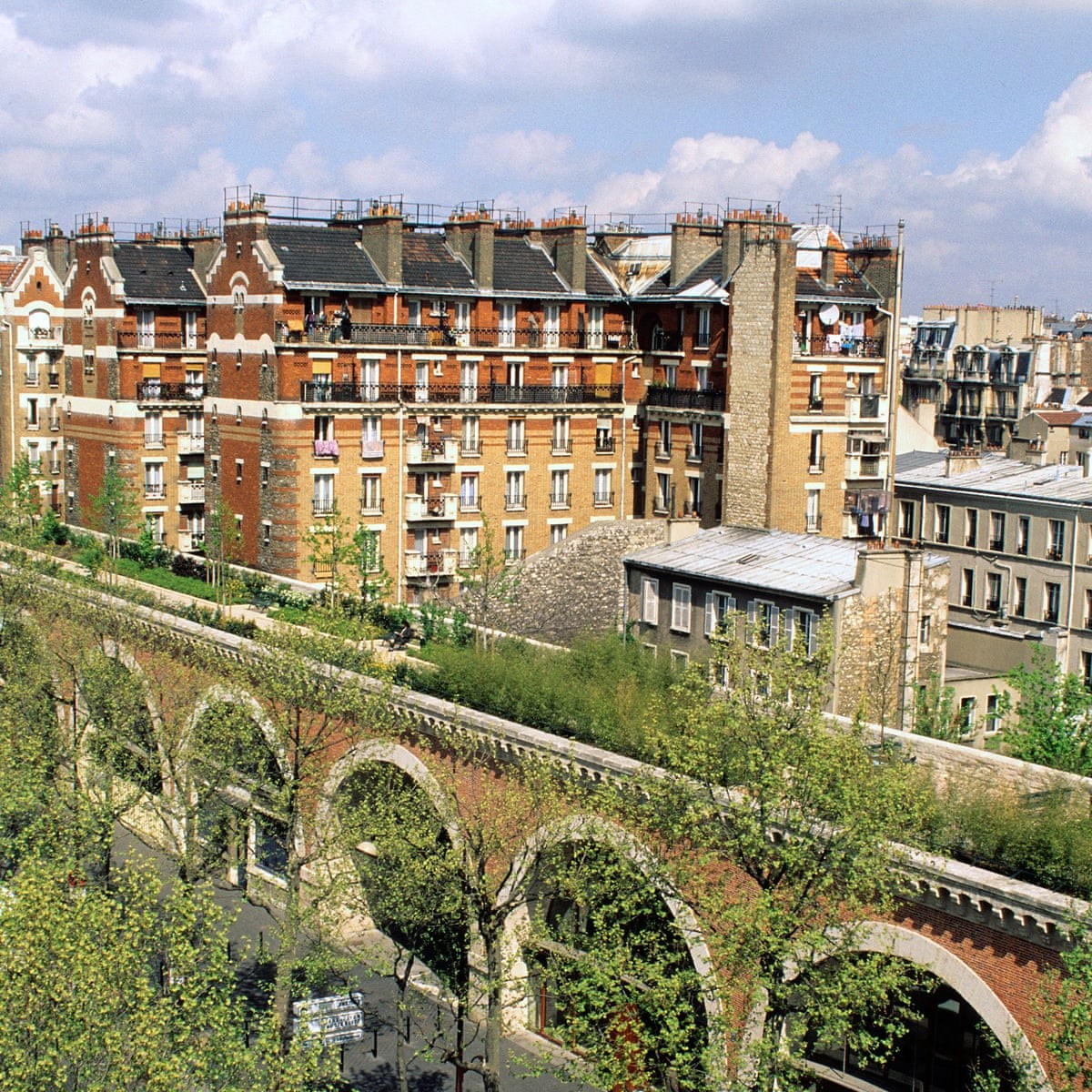
Promenade Plantée, Paris | The Guardian
Η ανάγκη για επαφή με το φυσικό και η αναγνώριση, επιτέλους, της αξίας της ίδιας, έχουν αρχίσει να κερδίζουν ολοένα και περισσότερη ροπή τα τελευταία χρόνια. Καταλυτικός παράγοντας είναι, δυστυχώς, η δραματική κατάσταση της κλιματικής αλλαγής, που έχει, ωστόσο, καταλήξει σε θετικές πολεοδομικές κινήσεις. Η Βαρκελώνη, ήδη από το 2016, έχει αρχίσει τον σχεδιασμό των λεγόμενων Superblocks -project στο οποίο έτυχε να έχω εργαστεί και ο ίδιος. Πρόκειται για ενοποίηση εννέα οικοδομικών τετραγώνων, προκειμένου να περιοριστεί ο χώρος που παραδίδεται στο αυτοκίνητο και να αντικατασταθεί με φύτευση και ποδηλατοδρόμους. Στην ίδια κατεύθυνση κινείται και το Βερολίνο με την πρωτοβουλία Berlin Autofrei, μια εκστρατεία η οποία κινήθηκε στα πλαίσια της άμεσης δημοκρατίας που αναγνωρίζεται στο γερμανικό σύνταγμα, που επιδιώκει να μετατρέψει το εσωτερικό του Ringbahn, μια έκταση 88 τετραγωνικών χιλιομέτρων, σε αστική όαση δίχως αυτοκίνητα, με ανοικτούς φυτεμένους χώρους.
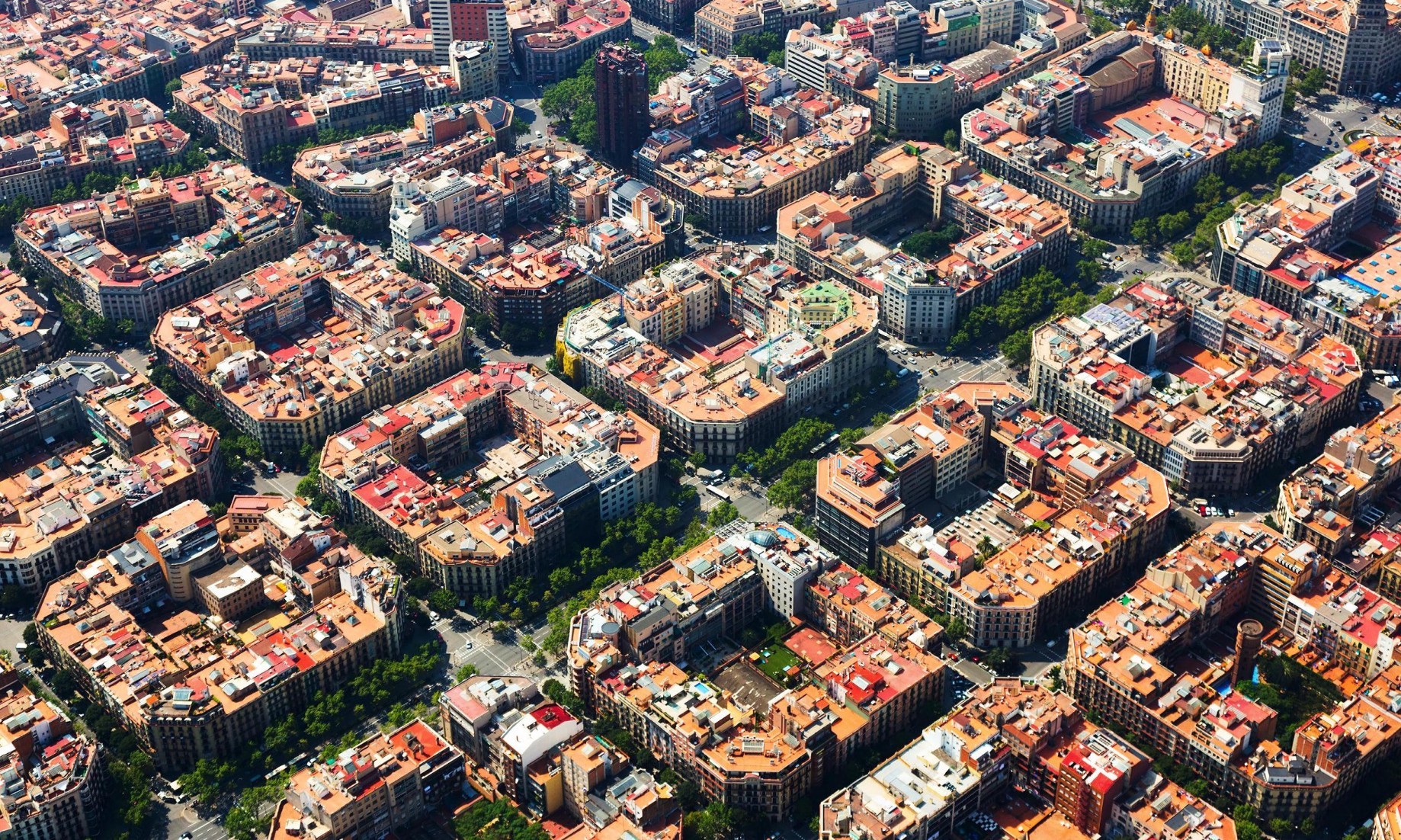
Barcelona Superblocks will be automobile free and lush with vegetation | miro.medium.com
Παράλληλα με τις στρατηγικές χειρονομίες σε πολιτειακό και πολεοδομικό επίπεδο, εμφανίζονται και προτάσεις στην κλίμακα του χρήστη, όπως είναι η Citydecks με αρθρωτές (modular) κατασκευές, διαθέτοντας μια λογική προσάρτησης στον δημόσιο χώρο, έχοντας συνήθως λειτουργίες στάσης, καθισμάτων, περιορισμένης ποσότητας φύτευσης κτλ. Τέτοιας φύσης προτάσεις, χωρίς κεντρικό σχεδιασμό, ώστε να γίνουν οργανικό μέλος της καθημερινότητας μιας πόλης, δύσκολα μπορούν να είναι επιτυχημένες, γιατί έχουν από τη σύλληψή τους τη λογική του εξαρτήματος, της προσθήκης στο αστικό σώμα.
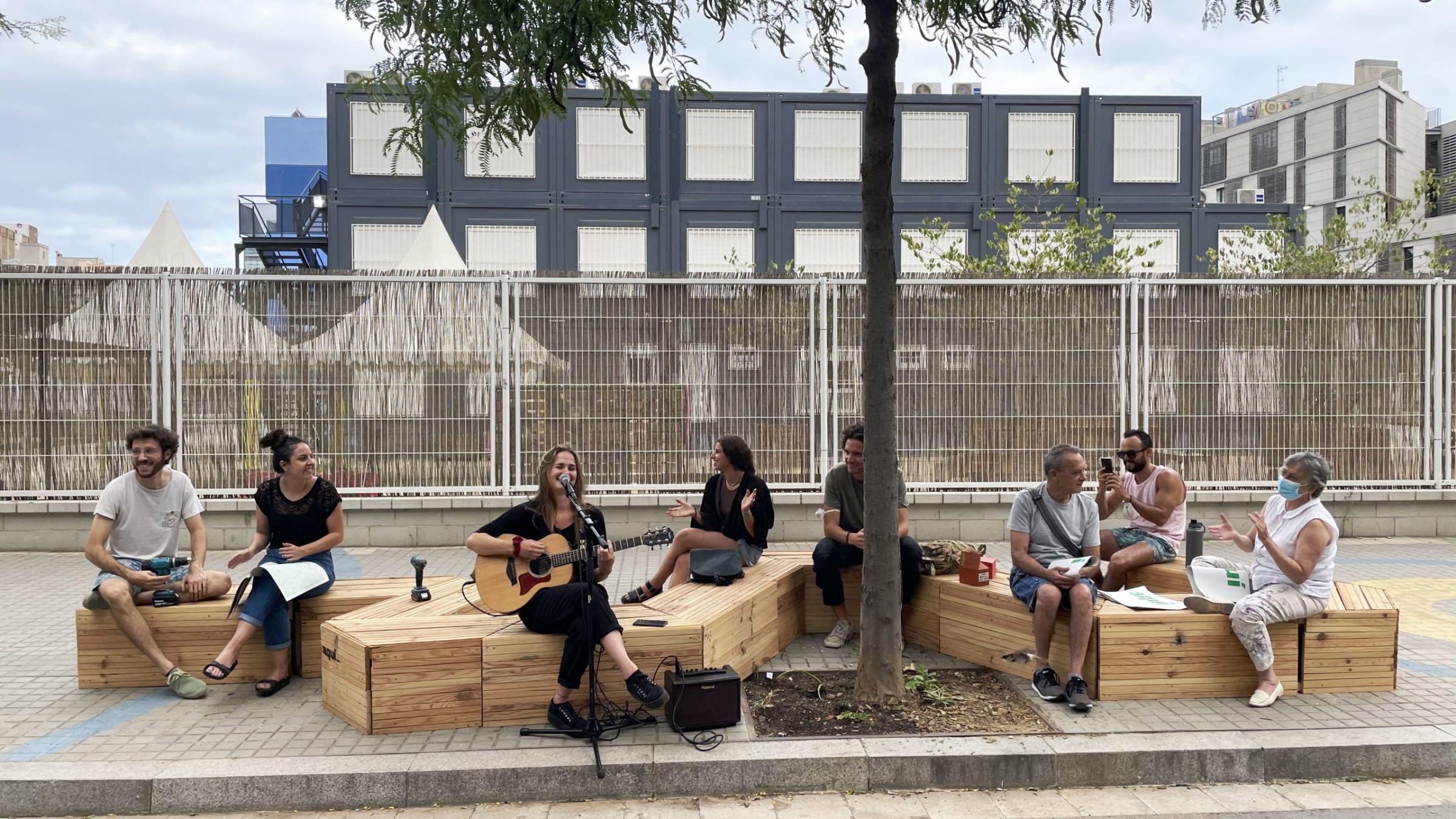
Modular urban interventions | citydecks.de
Οι αστικές καλλιέργειες είναι φαινομενικά η πιο πρόσφατη τάση στο δύσκολο πρόβλημα πόλης και φύσης, που στη συγκεκριμένη περίπτωση μπαίνουν και στοιχεία αυτάρκειας, οικονομίας και υγείας. Ενώ δείχνει να είναι πολύ φρέσκια ιδέα, αρχαιολογικά ευρήματα τεκμηριώνουν πως η πόλη Tenochtitlan των Αζτέκων της Κεντρικής Αμερικής είχε αναπτύξει την τεχνολογία της υδροπονικής καλλιέργειας με τους πλωτούς κήπους, chinampas, που ήταν μέρος του ευρύτερου αστικού τοπίου.

Modern day Chinampas | preventionweb.net
Παρ’ όλα αυτά, αυτή η ιδέα είναι νέα και όμορφη και ξανακερδίζει έδαφος. Ξανακερδίζει έδαφος ακόμα και στις οροφές των κτηρίων, όπως επιχειρεί να κάνει η καναδική εταιρεία Lufa, με υδροπονικές καλλιέργειες σε μια έκταση 15.000 τετραγωνικών μέτρων στα δώματα του Μόντρεαλ. Εν τω μεταξύ, στο Λονδίνο η φάρμα Growing Underground βρίσκεται 33 μέτρα κάτω από την περιοχή Clapham του Νότιου Λονδίνου και προμηθεύει τις γύρω αγορές. Το ερώτημα που τίθεται είναι αν οι αστικές φάρμες έχουν μέλλον, για να δημιουργηθούν μικρές αυτάρκεις κοινότητες που θα μπορούν να καλλιεργήσουν τόσο τα τρόφιμα όσο και τους δεσμούς μεταξύ των οντοτήτων που τις απαρτίζουν, τόσο των ανθρώπινων μελών όσο και των υπόλοιπων του εκάστοτε οικοσυστήματος, ή αν θα μεταμορφώσουν τα αστικά κενά των σύγχρονων μητροπόλεων σε μια ακόμη ζώνη επέκτασης της οικονομικής και παραγωγικής δραστηριότητας. Το μέλλον βρίσκεται στα χέρια μας, όσο βρισκόταν πάντα.

Lufa Farm, Montreal | media.timeout.com
